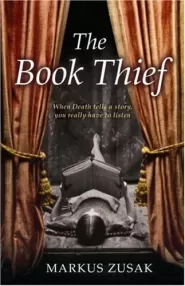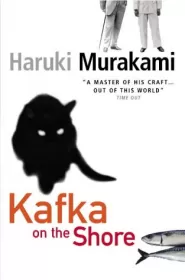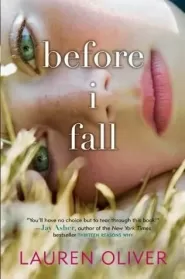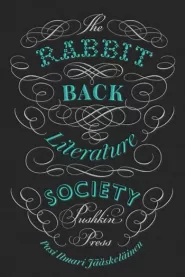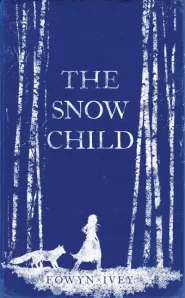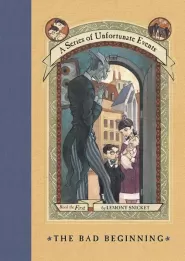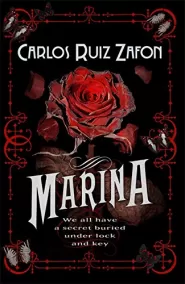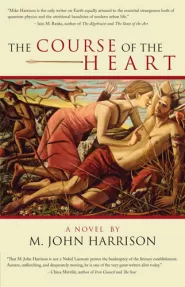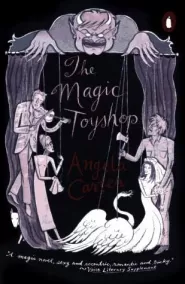Magical Realism
Magical realism is a genre of literature that combines realistic elements with fantastical or magical elements, blurring the line between the two. In magical realism, the magical elements are not explained or rationalized, but are instead presented as part of the natural world, accepted by the characters and the reader alike.
The term "magical realism" was first used in the 1940s to describe the work of Latin American writers such as Gabriel García Márquez and Jorge Luis Borges, but the genre has since expanded to include writers from all over the world.
Magical realism often deals with themes of identity, culture, and history, and can include elements such as ghosts, spirits, dreams, and mythical creatures. The genre often presents a critique of reality, challenging the reader to consider the boundaries between the rational and the irrational.
One of the key features of magical realism is the way it blends the fantastic with the ordinary, often using everyday settings and situations as a backdrop for magical events. The genre can be both playful and serious, using the fantastic elements to explore complex themes and emotions.

